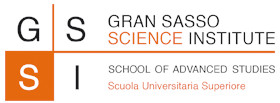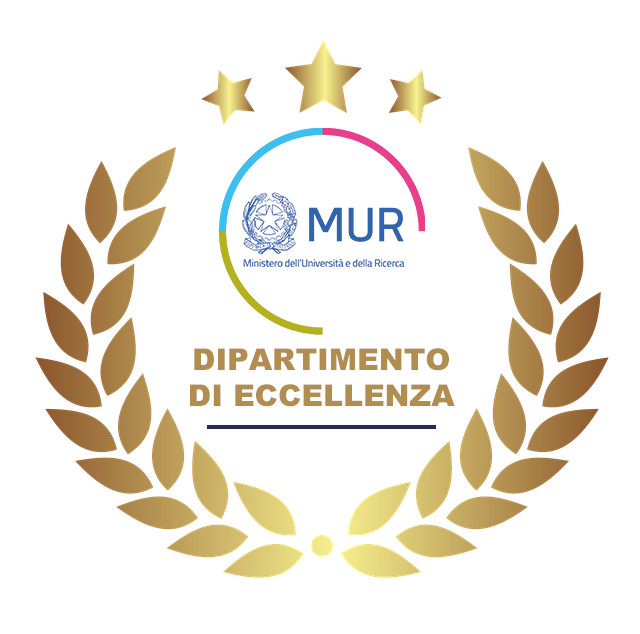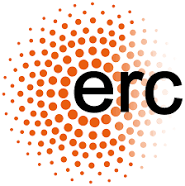14:30-15:30 Thursday, 3 April 2025 Auditorium, Rectorate
Abstract
Locally periodic structures show regions (grains) with different orientations and at the boundaries between grains there is the appearance of defects. This happens in physical systems (for instance at microscopic scales for metals or patterns in block copolymers) as well as in more geometric models (as local tassellations for partions and clusters, or optimal location problems). In all these cases the energy governing the systems concentrates at the grain boundaries. The understanding of this “surface tesion” is a key ingredient in order to reduce the complexity of the problem and work in a so to say sharp interface model. I will present some recent results in this direction focussing on a two dimensional model for grain boundaries in metals, which account for the elastic long range distorsion due to the presence of crystal defects (dislocations). The latter is inspired to a recent model proposed by Lauteri and Luckhaus. Its asymptotics as the lattice spacing tends to zero produces a sharp interface model for grain boundaries which confirms the Read-Shockley law for small angle grain boundaries.



